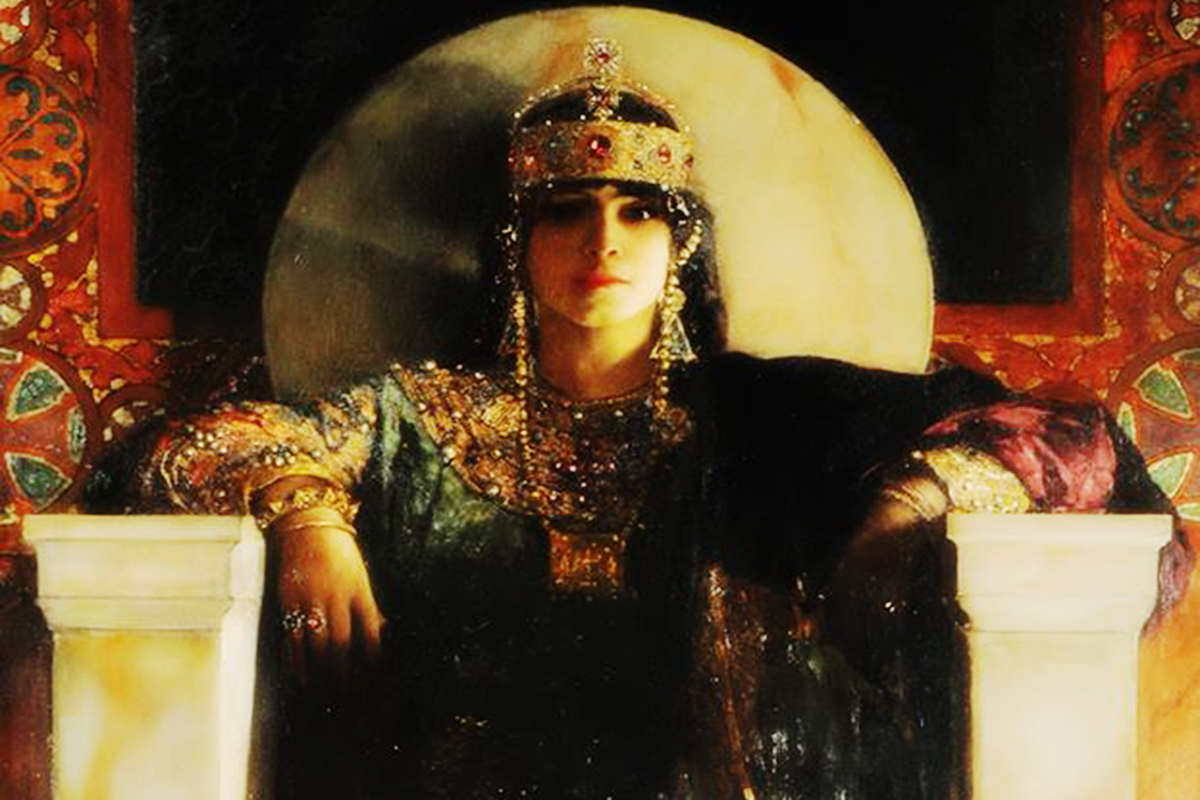“The sin which is unpardonable is knowingly and wilfully to reject truth, to fear knowledge lest that knowledge pander not to thy prejudices.”
– Liber Librae, sub figurâ XXX
WHAT JUSTIFIES THE CREATION OF ANOTHER THELEMIC GNOSTIC CHURCH?
It is a basic fact of life to say that people are different, and never more so than when it comes to matters of church and religion. Those who are religiously ‘liberal’ may never feel wholly at home in a ‘conservative’ church, and vice versa. We believe our church meets the need for a gnostic church in which those who are ‘liberal’ in their religious attitude can feel comfortable.
Further, we feel that a church should be an open organisation where members of the Thelemic community can work together in harmony. We do not believe this to be possible in a church where the clergy are required to be members of any specific Order.
Why HAVE A HIERARCHY AT ALL?
We believe that having a loose hierarchy encourages people to make spiritual progress, as there are clearly defined goals to strive towards and measure oneself against. Hierarchy is further required to provide for the administrative needs of the church in an efficient and professional way. Our system of hierarchy is not rigid; rather than using an outside standard to measure progress, members of the church evaluate themselves.
Please see our Philosophy page for more information.
Where does the authority of this church stem from?
In contrast to the trend of churches claiming apostolic succession, or some form of material lineage, we believe that the authority of any church can only stem from the recognition of that authority by its members.
Does the church believe in spiritual authority?
We believe that spiritual authority comes from within, not from without. Jules Doinel founded his church after a vision of the Aeon Jesus, and he took the Greek Tau or Cross as a symbol. Crowley founded his church after a vision of Babalon, as recounted in The Vision and the Voice. We don’t know why his bishops still bear the Cross as their symbol.
Our vision is of Nuit; Our Tau is the Hebrew Tau, representing the Body of Nuit.
Why limit the individuals WHO can publicly perform the Gnostic Mass?
Our rites are Open Source. Anyone may practice them. However, we do formally recognise those whose Will it is to dedicate themselves to celebrating Gnostic Masses under the auspices of Ecclesia Gnostica Universalis, and grant them an appellation of office in accordance with their Will.
Don’t Ecclesia Gnostica Universalis and Ecclesia Gnostica Catholica mean the same thing?
Catholic can mean either universal or general.
Ecclesia Gnostica Universalis is universal in the sense that it is open to all, while the clergy of E.G.C. is only open to members of Ordo Templi Orientis. Ecclesia Gnostica Catholica is only catholic in the sense of general, being something that many of the members of that Order have in common.
We believe that both churches are appropriately named.
Can’t a midpoint be reached so that only one Church is needed?
The goals of Ecclesia Gnostica Universalis are quite different from the goals of the E.G.C.
The latter is devoted to implementing, preserving and transmitting Aleister Crowley’s Gnostic Mass (Liber XV) exactly as written, while Ecclesia Gnostica Universalis is devoted to creative evolution and the creation of new Gnostic Masses, the celebration of which is not authorised within E.G.C.
We do not see how it would be possible to integrate these two very different approaches to Gnosticism without compromising the integrity of one or both churches.
WHAT IS MEANT BY THE OFFICE OF SOPHIA?
A Sophia is a female Bishop. Those holding the office of Sophia are catalysts for change.
Sophia was the name given to women in the office equivalent to a bishop in the original neo-gnostic churches of Doinel and Bricaud. The concept of Sophia is drawn from early Gnostic teachings of the divine feminine, which divided it into Higher Sophia (Ennoia-Barbelo) and Lower Sophia (Sophia-Achamōth), the latter of which was represented by the mythologized figure of Helen of Tyre. August Hahn (1819) debated whether the name Achamōth (Ἀχαμώθ) is originally derived from the Hebrew Chokhmah (חָכְמָ֑ה), in Aramaic Ḥachmūth, or whether it signifies ‘She that brings forth’—’Mother’. The Syriac form Ḥachmūth is used by Bardesanes (Ephraim, Hymn 55), while the Greek form Hachamōth is found only among the Valentinians: the name however probably belongs to the oldest Syrian Gnosis.
These concepts draw from the supernal mother, Binah, in union with Wisdom; and so the Lower Sophia is also equivalent to Babalon, while the Higher Sophia can be seen as another representation of Nuit.
DO YOU HAVE LOCAL BODIES WHERE WE CAN BE RECEIVED CLOSER TO HOME, INSTEAD OF TRAVELLING TO LONDON?
We touched upon it in our Address to the Congregation of Yule 2018 e.v., but will state it once more now: our years of experience in “open doors” Orders, that is where everyone can come knock at the door and request to be received and initiated, proves that they simply do not work.
A true Congregation is made of women and men who are fully dedicated, who are a proper fit for the existing group and who are respectful of its teachers. A close-knit magical family, if you will, not dissimilar to the private covens of British Initiatory Wicca and of Cunning Craft.
If you are interested and willing to be tested and examined in order to be eventually received and initiated, your best chance is to wait patiently for the next public event (advertised on our public forums and mailing list) and approach it with humility and sincerity.
If this is too much for you, we are sure you will find your fix very easily elsewhere.
